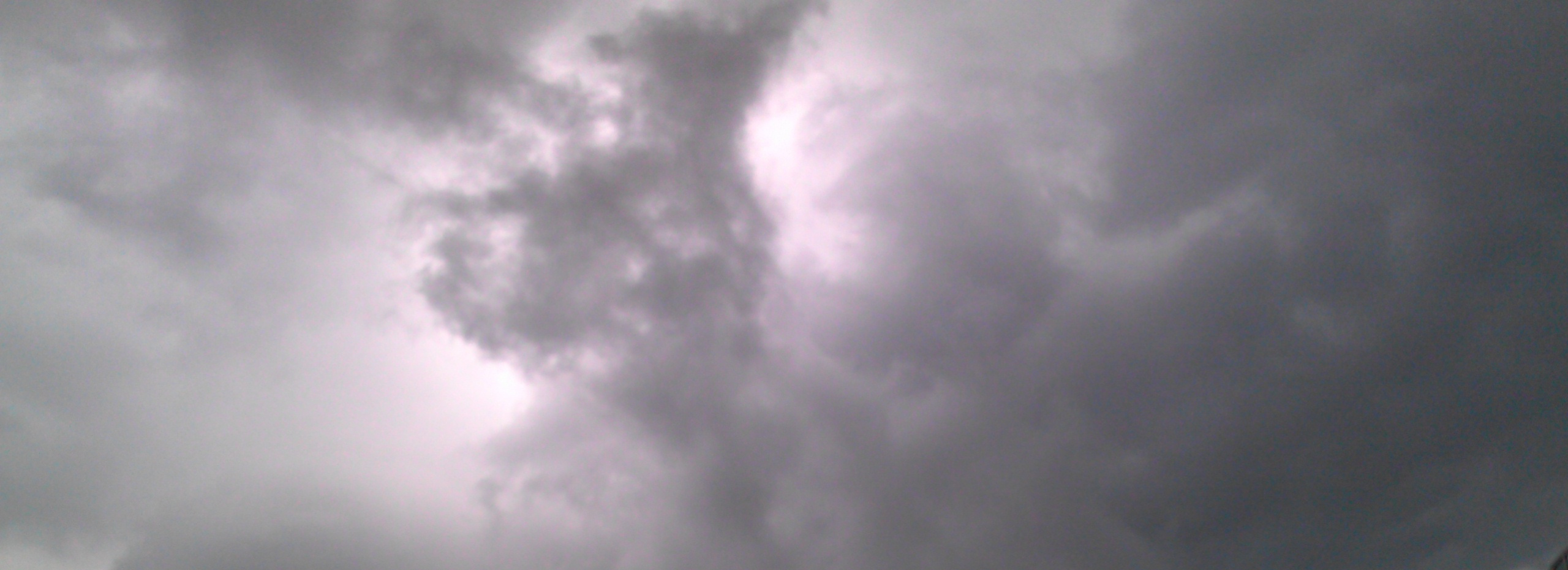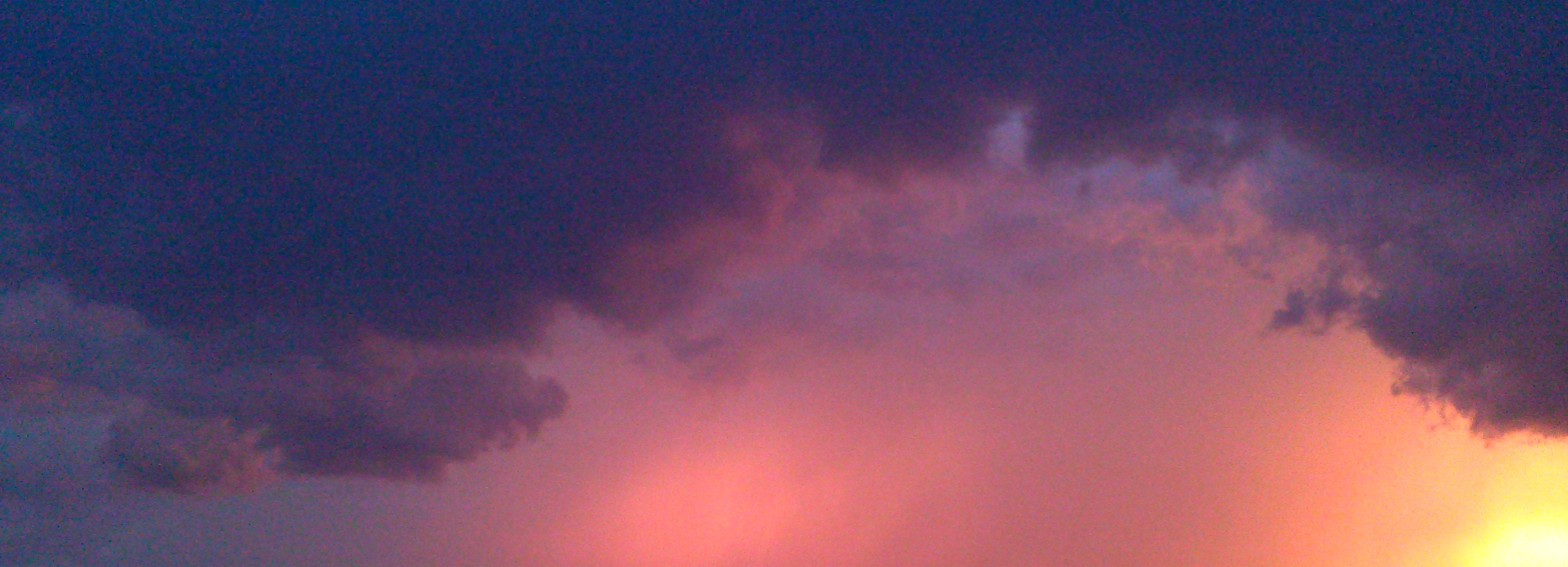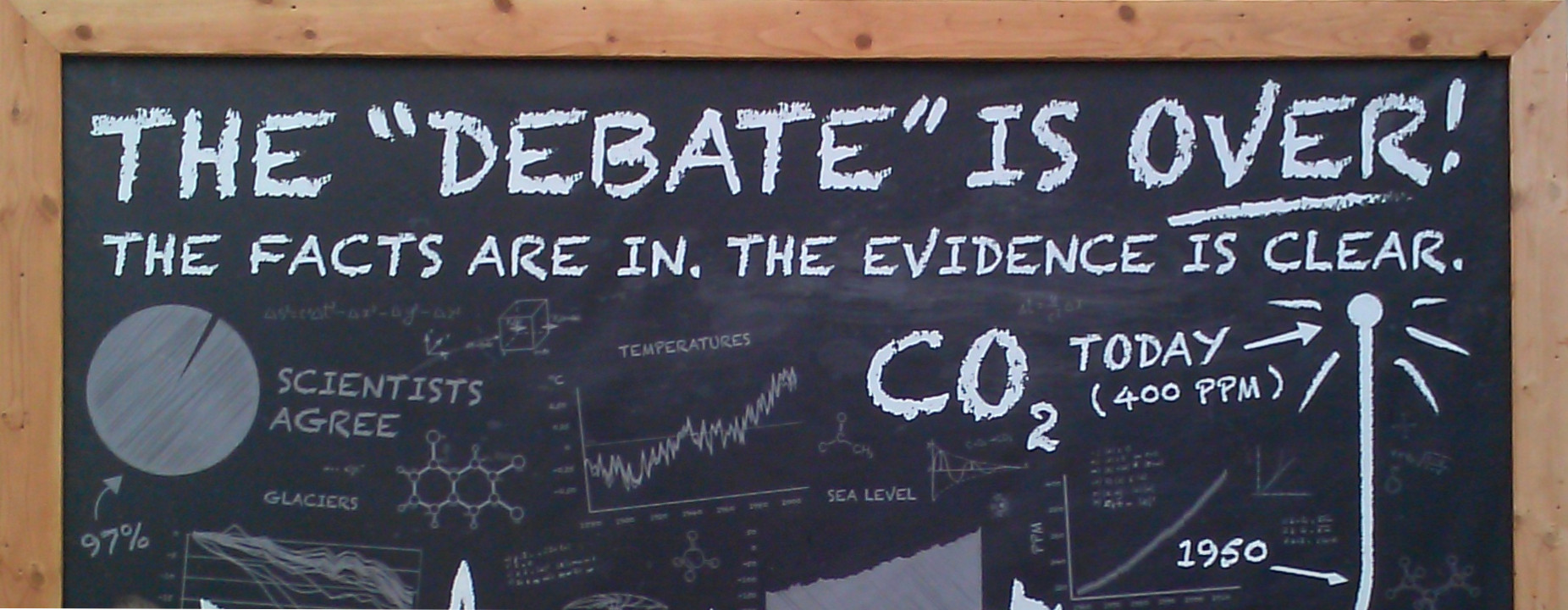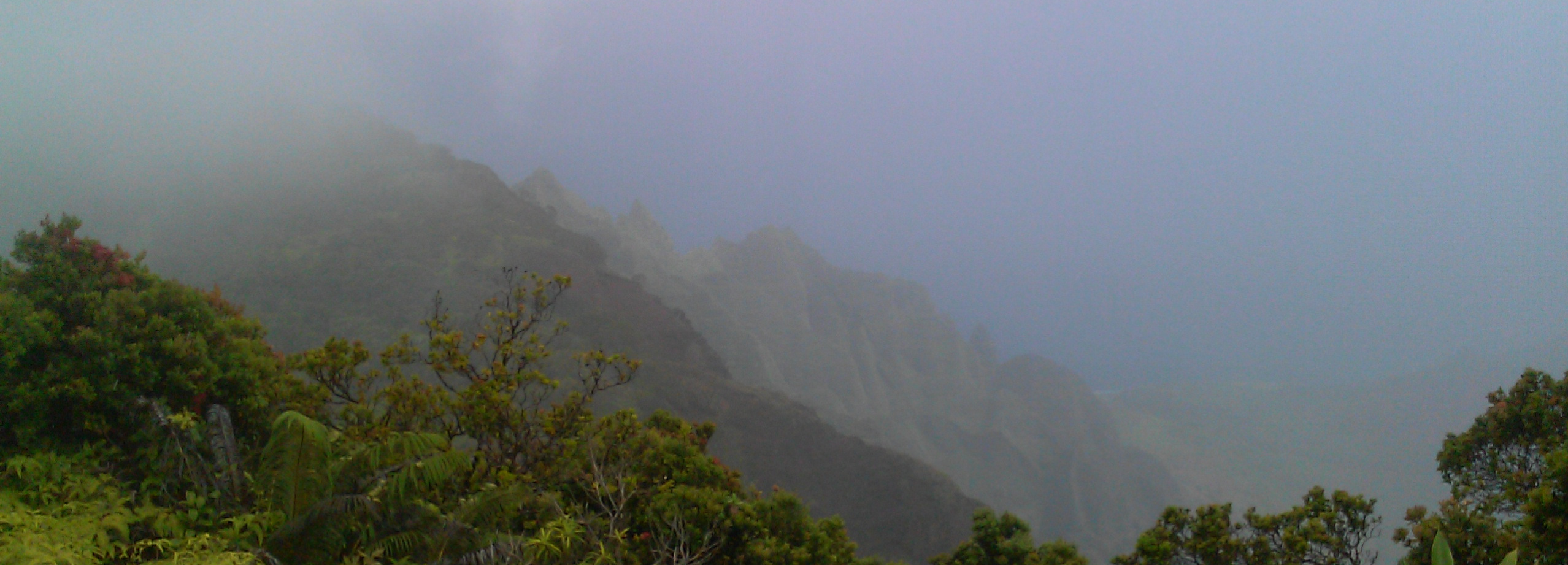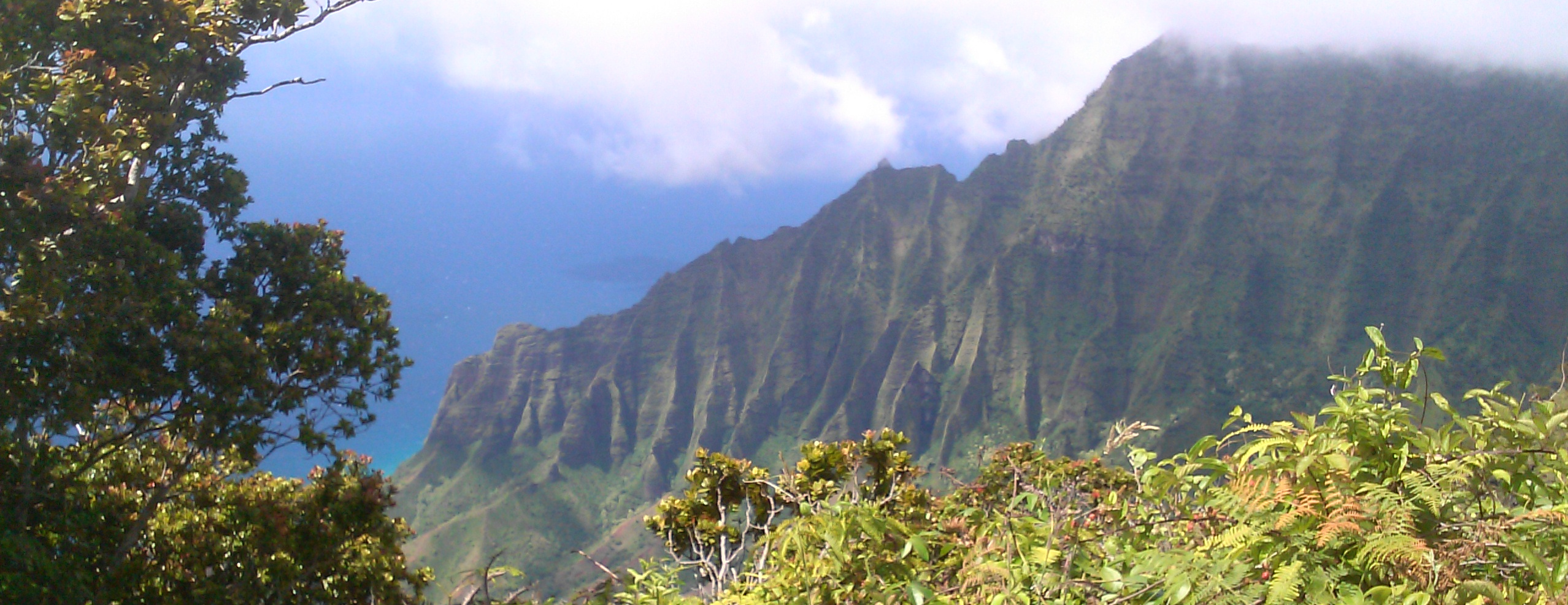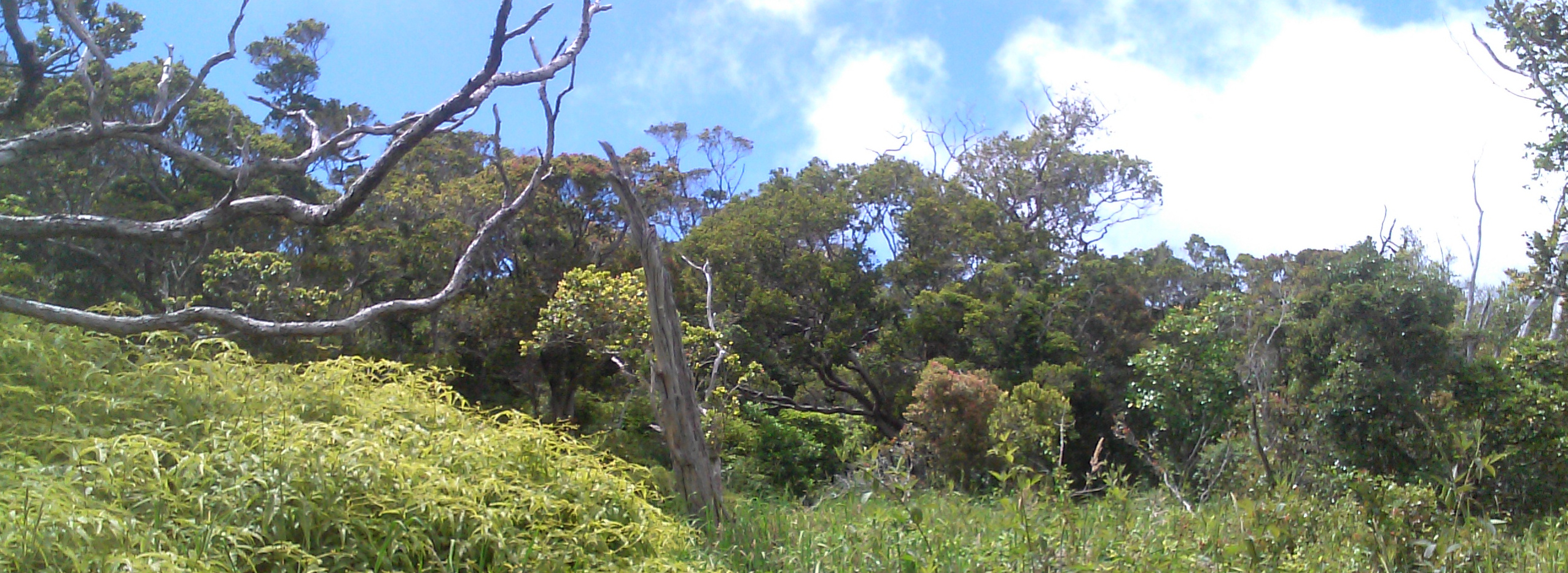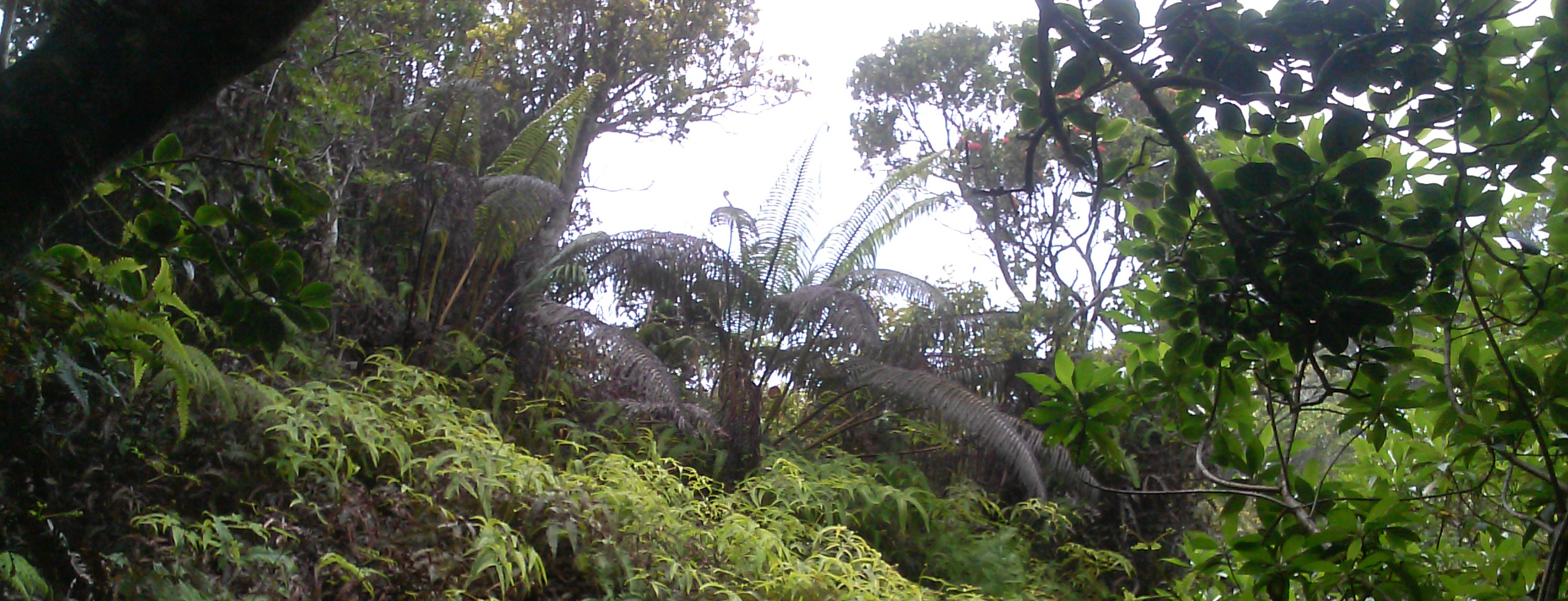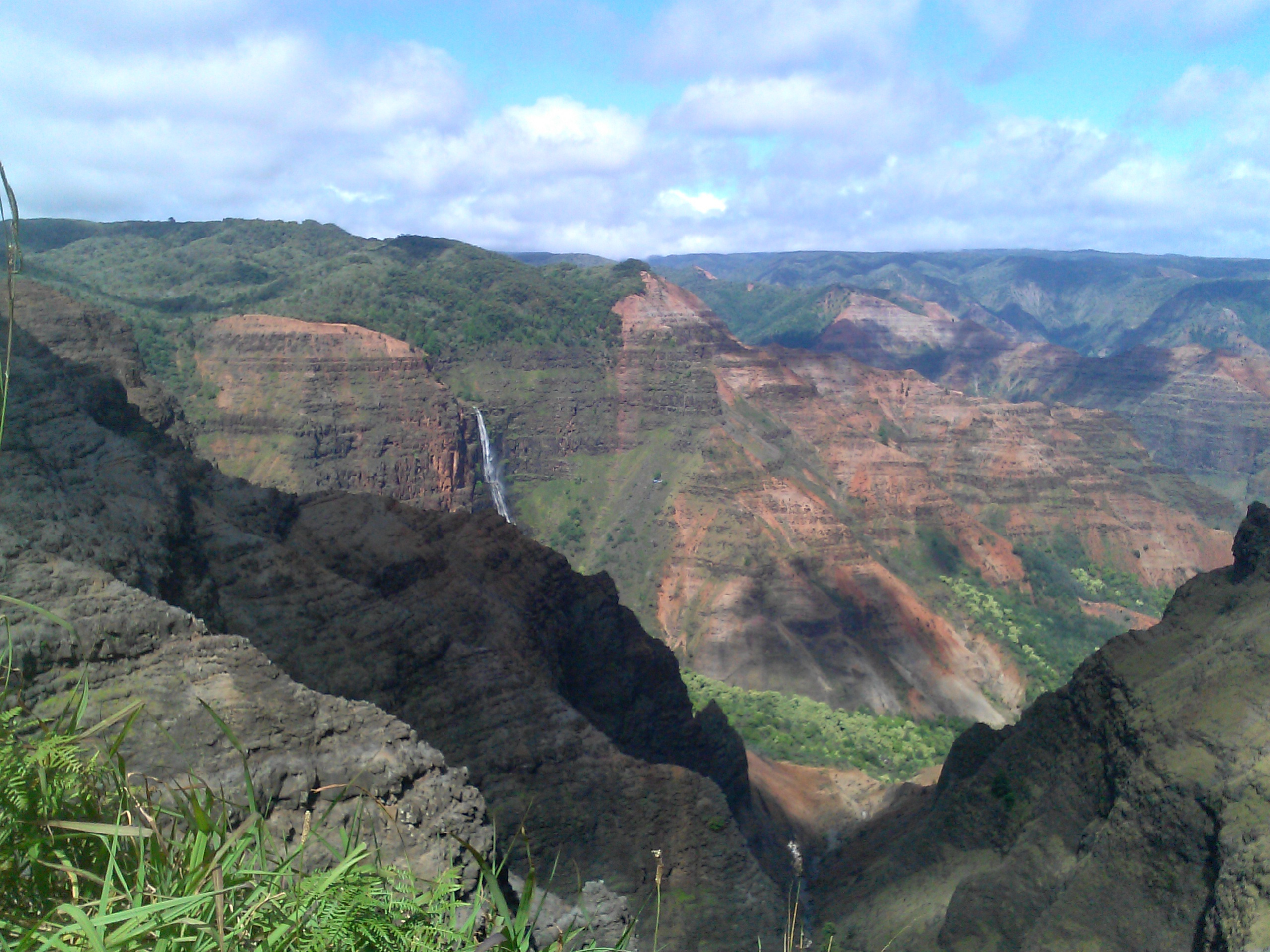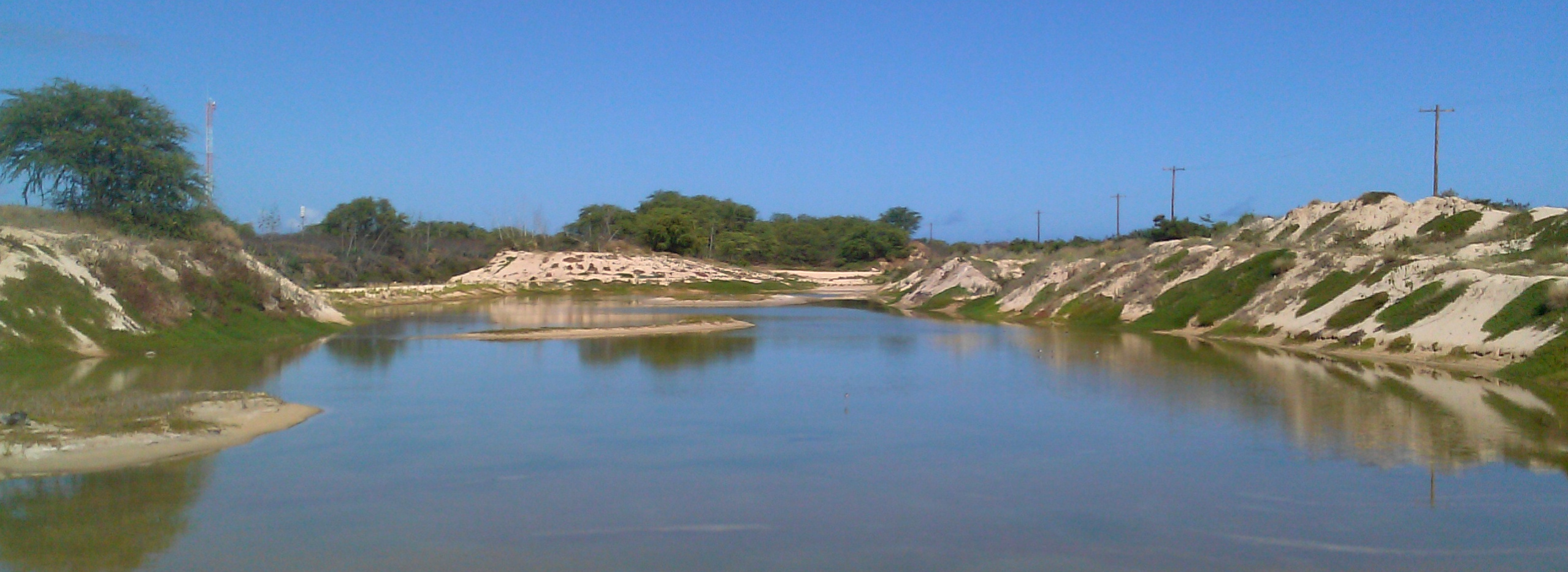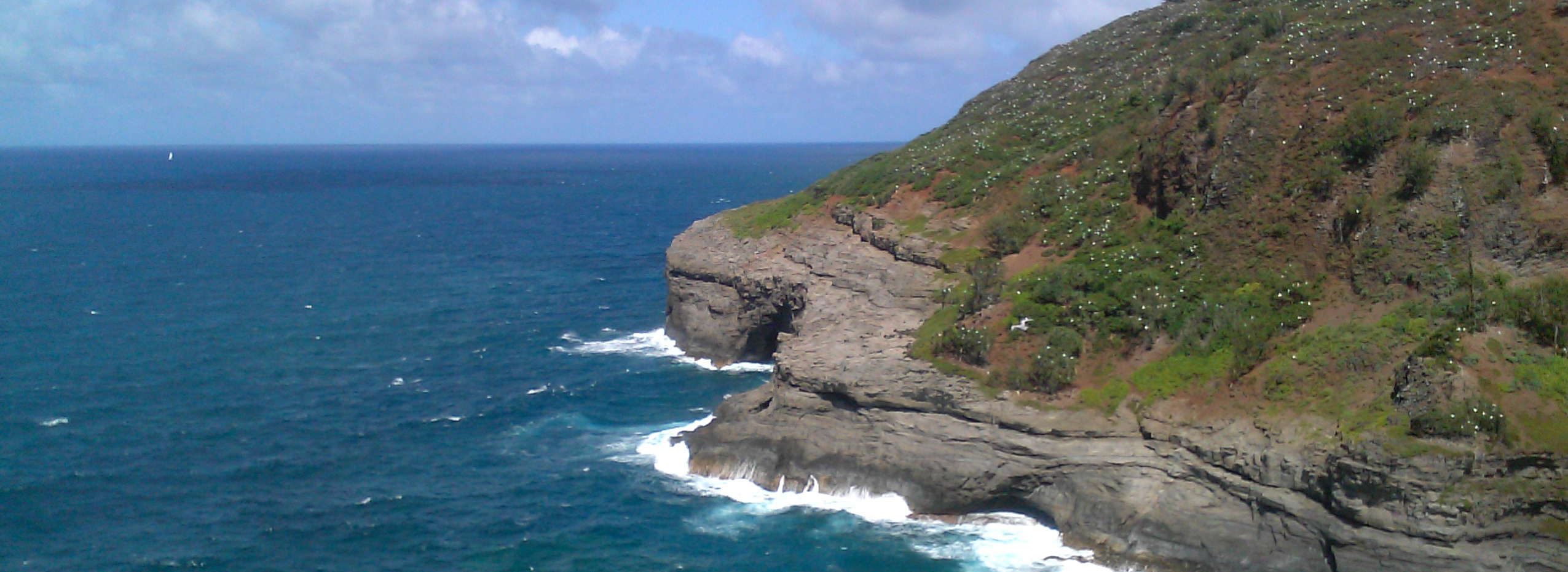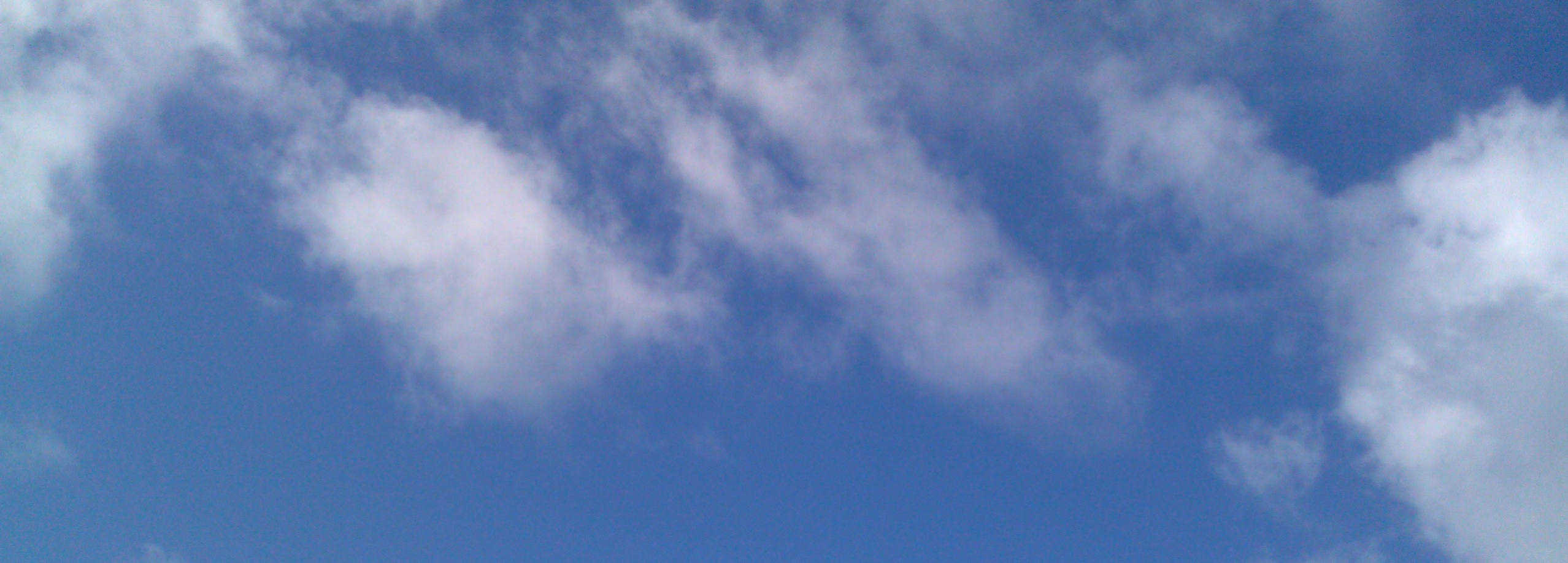Course overview and structure
This course introduces the climate system, consisting of
the atmosphere, land, and ocean. The fundamental physical
processes that determine the Earth’s climate state and the processes that lead to natural
variability will be reviewed. The leading modes of natural climate
variability will be described from an empirical observation-based point
of view, including impacts on environment and society, and the basic
physical concepts will be discussed in connection with the real-world
observations. The course introduces the methods applied in climate
diagnostics and climate predictions. The final section of this course
is an introduction to the anthropogenic climate change problem, with
emphasis on the physical processes and implications for climate change
predictability. Further, this course discusses the importance of
natural climate variability and forced climate change for extreme
events and how climate change can provide ‘actionable’ information for
decision/policy making.
Lectures
Below you find links to Powepoint Slides, homework assignments, and additional
background information or links to external web pages with resources on
Climate Variability Change. (Links are dating back to 2016, some external sites may not exist any longer.)
| Lecture
# / Topic |
ppt |
Homework |
Other material |
| #26 | Review session | | Slides from the review session |
| #25 | Mitigation, adaptation, and solutions | - | |
| #24 |
Radiative Forcing and Climate Feedbacks | |
Reading material (MK part 4, part 5)
The Marrakech Conference
(Nov. 2016)
The Paris Agreement (Dec. 2015)
Additional notes for calculating the greenhouse effect in a gray-window single layer atmosphere climate system.
|
| #23 Background Carbon Cycle | Background informattion
on carbon cycles | - | Terrestrial carbon sink article |
#22 Modeling Climate Change
| Climate models and climate change projections (part 2)
(revised PPT
2016-11-23) | - | |
| #21 Climate modeling | Climate models and climate change projections (part 1)
(revised PPT 2016-11-23) | Reading assignment and questions
(due Nov 28th) | Link to the article from Deser et. al (2012)
Additional information related to the lecture
Background info: RCPs
Background info: Kaya Identity
|
| #20 Climate Change | Sea level rise
Student presentations (II) | - | - |
| #19 Climate change | Student presentations (I) | - | - |
| #18 Climate change | Indicators of global warming | - | - |
| #17 Climate variability | AMO | Homework: Reading and presentation
(due Wed Nov 9th) | Links related to the homework
Mann and Kump book section
McKibben's article
IPCC AR5 Technical Summary
added links here for the homework assignment
www.physicalgeography.net
www.earthobservatory.nasa.gov
www.climate.gov
www.globalchange.umich.edu
nca2014.globalchange.gov
www.scientificamerican.com
www.teachoceanscience.net
www.who.int
www.epa.gov
|
| #16 Climate variability | North Atlantic Oscillation | - | News article on NAO prediction in
The Telegraph
NAO theme page
NOAA's web pages have a short summary on the NAO |
| #15 Exam | - | - | - |
| #14 Climate variability | Pacific Decadal Oscillation | Homework
article
(due Wed 11//02/16) | -
|
| #13 Review sesssion | Summary of the key information presented during the previous lectures | Prepare for midterm exam | Midterm review slides
Review: atmospheric physical laws from Neelin Chapter 3 |
| #12 Climate variability | Teleconnections, modes of variability, PNA | Prepare for midterm exam | Study guide
NOAA's climate modes /indices |
| #11 Climate variability | ENSO: Theoretical Background | - | - |
| #10 Climate variability |
ENSO:
(a) prediction, impacts, (b) theoretical background |
Reading Assignment
Mann and Kump: Climate change projections
(Quizz Mon. 10/10/16) |
PDF of the reading material
Solution to the 'ENSO puzzle' activity
Solution guide homework #2 |
| #9 Climate
variability |
Introduction to ENSO |
Winds
& Ocean circulation
(due Wed. 10/05/16) |
Sections from Ocean Circulation
(Chapter 3: ocean currents, Ekman transport, geostrophic flow) |
#8 Ocean
Introduction |
Ocean, temperature,
salinity and wind-driven circulation |
- |
Maps
and data (e.g. temperature, salinity) from World Ocean Atlas
Short
video on Garbage Patch
Section
on oceans from Peixoto and Oort (Chapter 8) |
#7 Atm.
Circulation |
Hadley Cell,
Walker Circulation, pressure and circulation at sea
level |
- |
Link
to Introduction to Tropical Meteorology: Walker Circulation
Peixto and Oort (Chapter 7) |
#6
Energy balance |
Earth's
energy budget
(continued) |
Energy imbalance and temperature
change
(due Wed. 09/28/16) |
Energy budget
from Peixoto and Oort's book (part
1) (part
2)
(list
of symbols)
CERES
images/animations |
#5
Energy balance |
Earth's
energy budget |
Reading assignment: Coakley and
Yang Section 1.1-1.4
(due Wed.
09/21/16) |
link to the homework
reading material
review:
dry adiabatic lapse rate & potential temperature
|
#4
Atmosperic circulation |
Overview
general circulation in the atmosphere |
- |
short
video on general circulation
(material from Mann and Kump 'Dire Predictions' book) |
#3
Climate zones |
Atmospheric
structure,
climate zones, temperature & precipitation, climatological
aspects
additional
climate graphs |
Explore Earth's climate zones!
(due Wed.
09/14/16) |
climatetemps.com
provides a map-based access to climate diagrams from stations
all around the globe. |
#2
Introduction |
IPCC
Summary for Policymakers: Evidence for climate change |
Read SPM
section B,C,D
(quiz questions Wed. 09/07/16) |
IPCC WG1 AR5
Summary for Policymakers
(SPM, PDF file) |
#1
Introduction |
Course overview
Intro
to climate system |
- |
Article
on the question: Who created the global warming pause?
Article
on the 'Next Great Global Warming Hiatus' |

